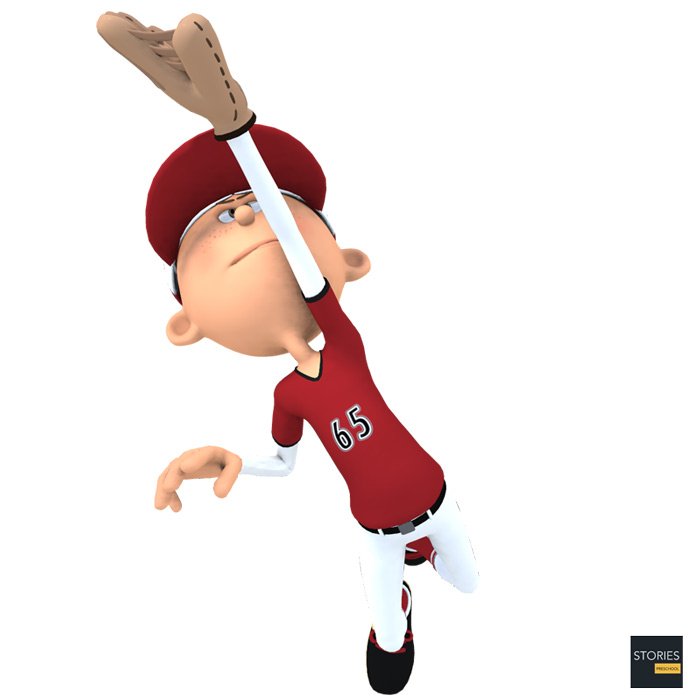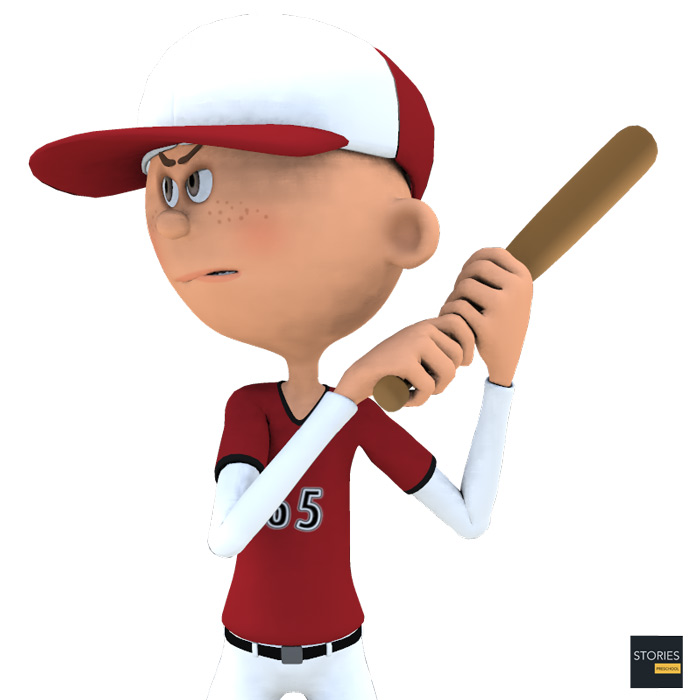Baseball

Baseball Player Rosters
Roster, or squad, sizes differ between different leagues and different levels of organized play. Major League Baseball teams maintain 25-player active rosters. A typical 25-man roster in a league without the DH rule, such as MLB's National League, features:
- eight position players—catcher, four infielders, three outfielders—who play on a regular basis
- five starting pitchers who constitute the team's pitching rotation or starting rotation
- six relief pitchers, including one specialist closer, who constitute the team's bullpen (named for the off-field area where pitchers warm up)
- one backup, or substitute, catcher
- two backup infielders
- two backup outfielders
- one specialist pinch hitter, or a second backup catcher, or a seventh reliever

In the American League and others with the DH rule, there will usually be nine offensive regulars (including the DH), five starting pitchers, seven or eight relievers, a backup catcher and two or three other reserves; the need for late inning pinch-hitters (usually in the pitcher's spot) is reduced by the DH.
The manager, or head coach of a team, oversees the team's major strategic decisions, such as establishing the starting rotation, setting the lineup, or batting order, before each game, and making substitutions during games—in particular, bringing in relief pitchers. Managers are typically assisted by two or more coaches; they may have specialized responsibilities, such as working with players on hitting, fielding, pitching, or strength and conditioning. At most levels of organized play, two coaches are stationed on the field when the team is at bat: the first base coach and third base coach, occupying designated coaches' boxes just outside the foul lines, assist in the direction of baserunners when the ball is in play, and relay tactical signals from the manager to batters and runners during pauses in play. In contrast to many other team sports, baseball managers and coaches generally wear their team's uniforms; coaches must be in uniform in order to be allowed on the playing field during a game.

Any baseball game involves one or more umpires, who make rulings on the outcome of each play. At a minimum, one umpire will stand behind the catcher, to have a good view of the strike zone, and call balls and strikes. Additional umpires may be stationed near the other bases, thus making it easier to judge plays such as attempted force outs and tag outs. In Major League Baseball, four umpires are used for each game, one near each base. In the playoffs, six umpires are used: one at each base and two in the outfield along the foul lines.
SPORTS

RESOURCES
This article uses material from the Wikipedia article "Baseball", which is released under the Creative Commons Attribution-Share-Alike License 3.0.
© Stories Preschool. All Rights Reserved.












